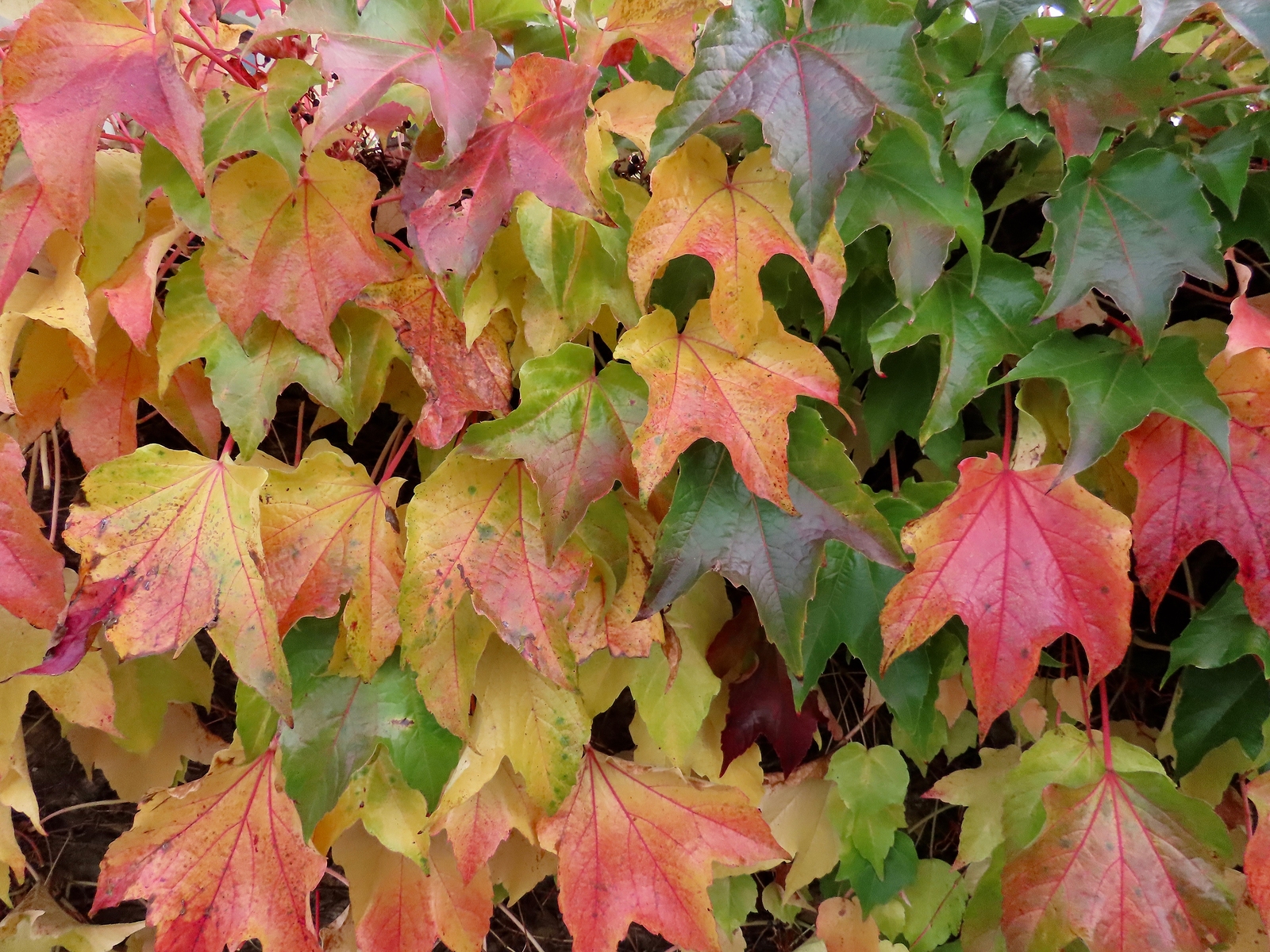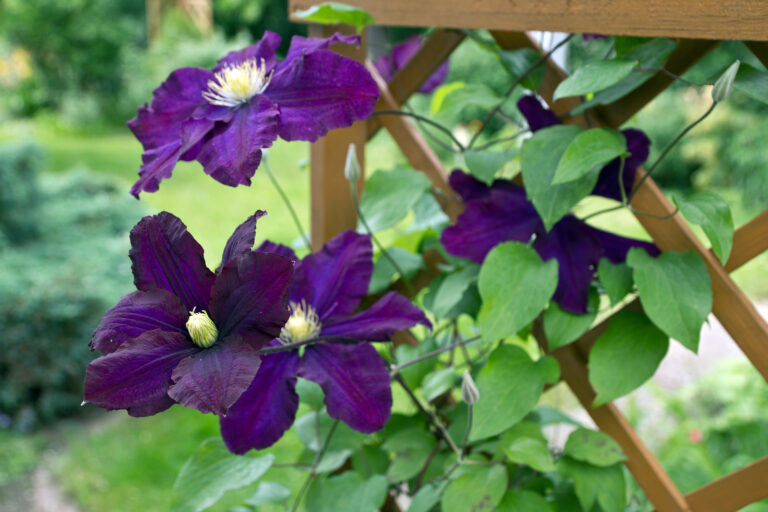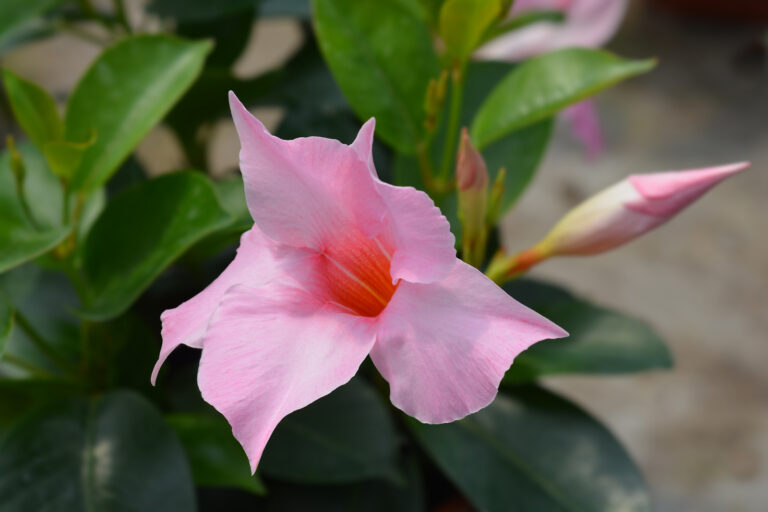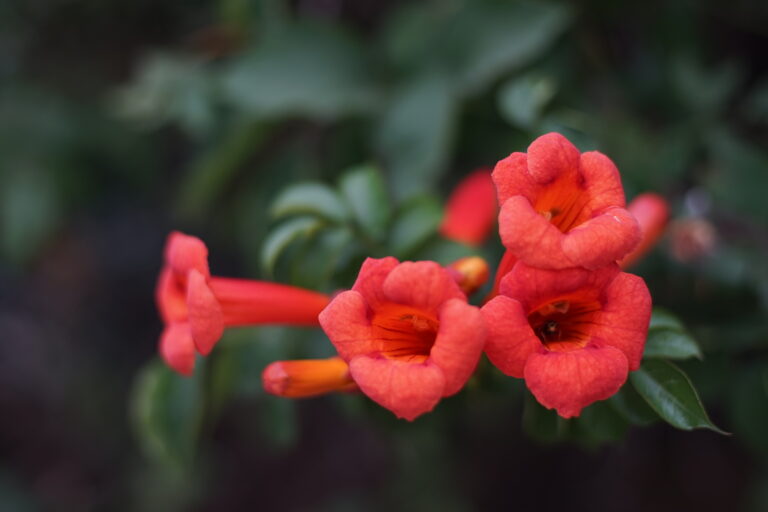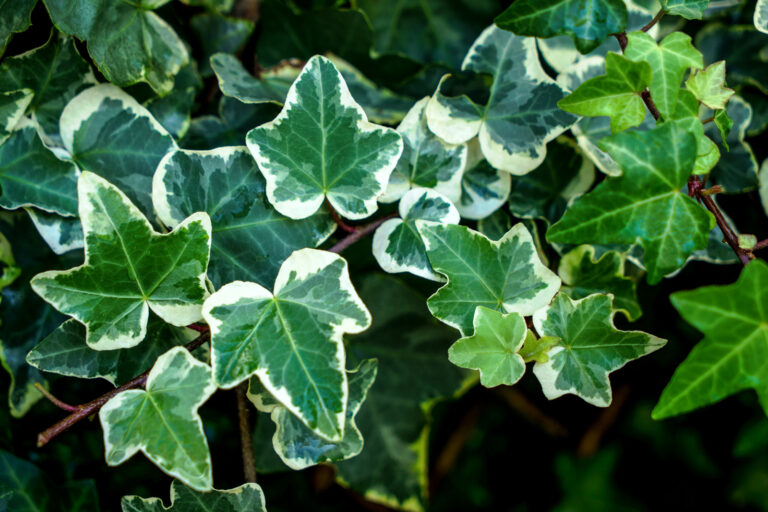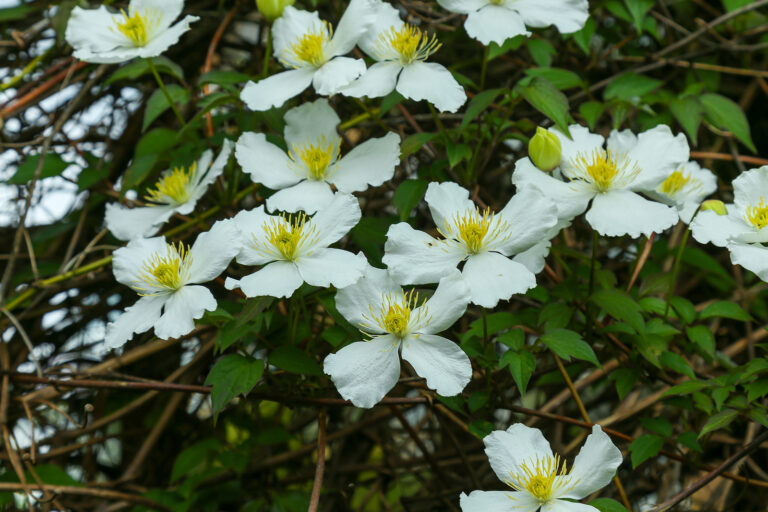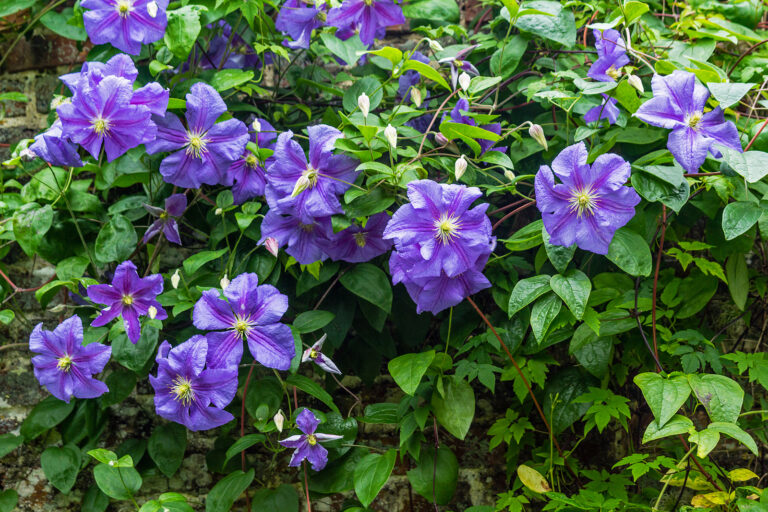How to Grow Parthenocissus – Virginia Creeper
Parthenocissus includes two common creeping, vining plants Boston ivy and Virginia creeper. Both are vigorous, deciduous climbers that produce brilliant fall leaf colors of orange to scarlet. Boston ivy is the ivy associated with the Ivy League where it often covers brick college buildings.
Parthenocissus are grown for their lobed of fully divided palmate leaves. The leaves are bright to deep green through the growing season turning brightly color in autumn,
Parthenocissus clings to walls by sucker discs at the end of tendrils. The clinging tendrils can be difficult to remove. Parthenocissus planted against wood or shingle siding can creep under shingles and be difficult to dislodge.
Parthenocissus is something grown to covers fences, walls, and stumps. The foliage can harbor wildlife, including rodents.
Parthenocissus is a genus of 10 species; all are deciduous. Parthenocissus is found in forests in the Himalayas, East Asia, and North America.
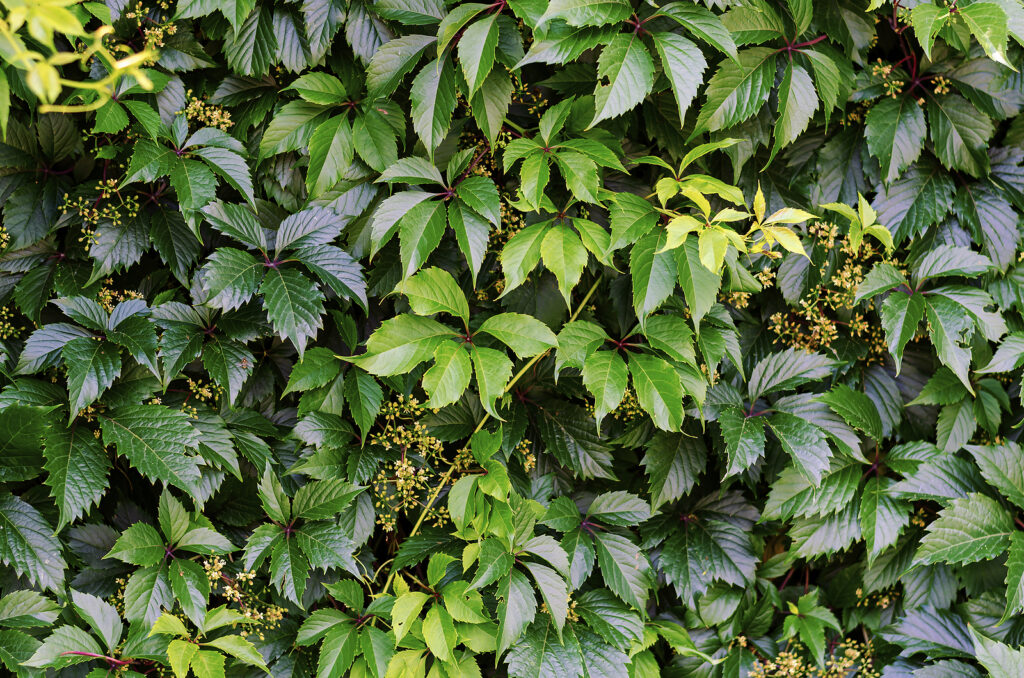
Get to know Parthenocissus
- Plant type: Deciduous vines
- Growing zones and range: Zones 4 to 9
- Hardiness: Hardy to Zone 4
- Height and width: Grows 5-10 feet (1.5-3m) per year
- Growth rate: Fast
- Form and habit: Tendril climber
- Foliage: Lobed or fully divided, palmate leaves, usually brightly colored in autumn
- Flowers: Clusters of inconspicuous flowers, with 5, sometimes 4, short, thick green petals
- Fruits: Dark blue or black berries, to .4 inch (9mm) across
- Bloom time: Summer
- Uses: Grow through a large tree, cover a wall, fence, or stump, support role in perennial garden
- Garden companions:
- Common name: Boston ivy
- Botanical name: Parthenocissus
- Family name: Vitaceae
- Origin: Himalayas, East Asia, North America
Where to plant Parthenocissus
- Plant Parthenocissus where they get at least a half day of sun.
- Plant Parthenocissus in any fertile, well-drained soil in sun or shade.
- Parthenocissus tolerates soil compaction and smog as well as seaside conditions.
- Think twice about planting Parthenocissus against wood pr shingle siding; they can creep under it, and their clinging tendrils are hard to remove at repainting time.
When to plant Parthenocissus
- Sow Parthenocissus seed in containers in a cold frame in autumn.
- Set container-grown plants in the garden in spring or early autumn.
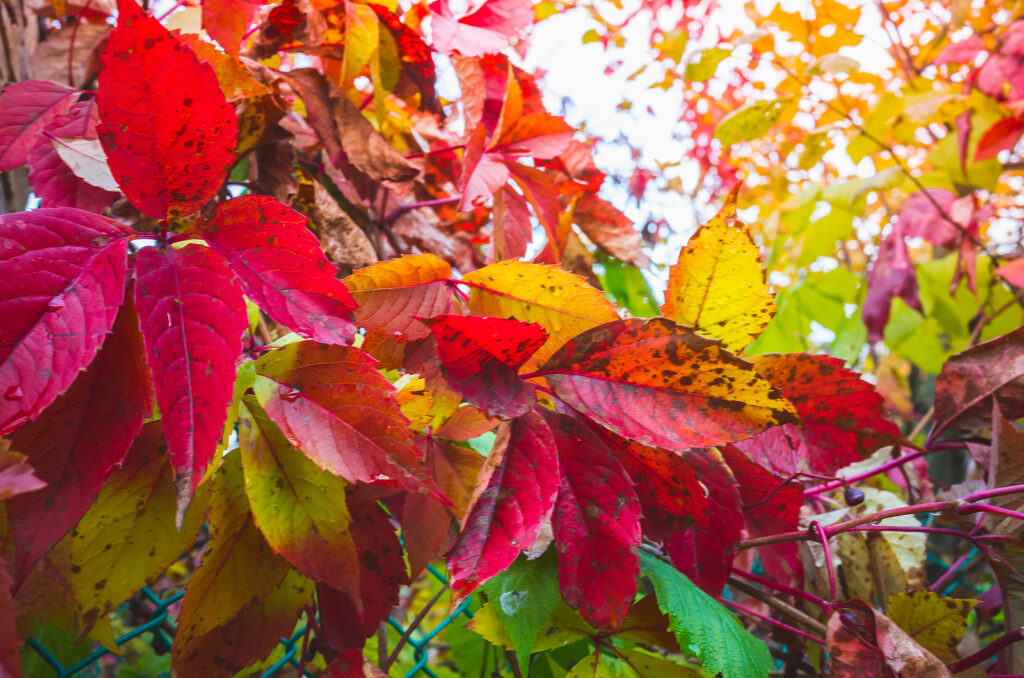
Planting and spacing Parthenocissus
- Parthenocissus can grow to 30 feet (10m) tall and wide. Space plants 20 to 30 feet (6-10m) apart.
How to water and feed Parthenocissus
- Give Parthenocissus regular water.
- Feed Parthenocissus with an all-purpose organic fertilizer in spring.
How to care for Parthenocissus
- Disk-like suckers attach themselves to walls, requiring no support.
- Prune Parthenocissus in early winter, if necessary, also in summer.
- Don’t let Parthenocissus become established.
- To control overly vigorous growth, cut unwanted shoots just above a leaf or a bud as often as necessary.
Parthenocissus pests and diseases
- Parthenocissus can develop downy mildew, powdery mildew, black rot, bacterial leaf scorch, scab, dieback, canker, and several leaf spots.
- Parthenocissus are susceptible to attacks by leaf skeltonizer, Japanese beetle, grape flea beetle, and scale insects.
- Japanese beetle tend to attack plants growing in sun.
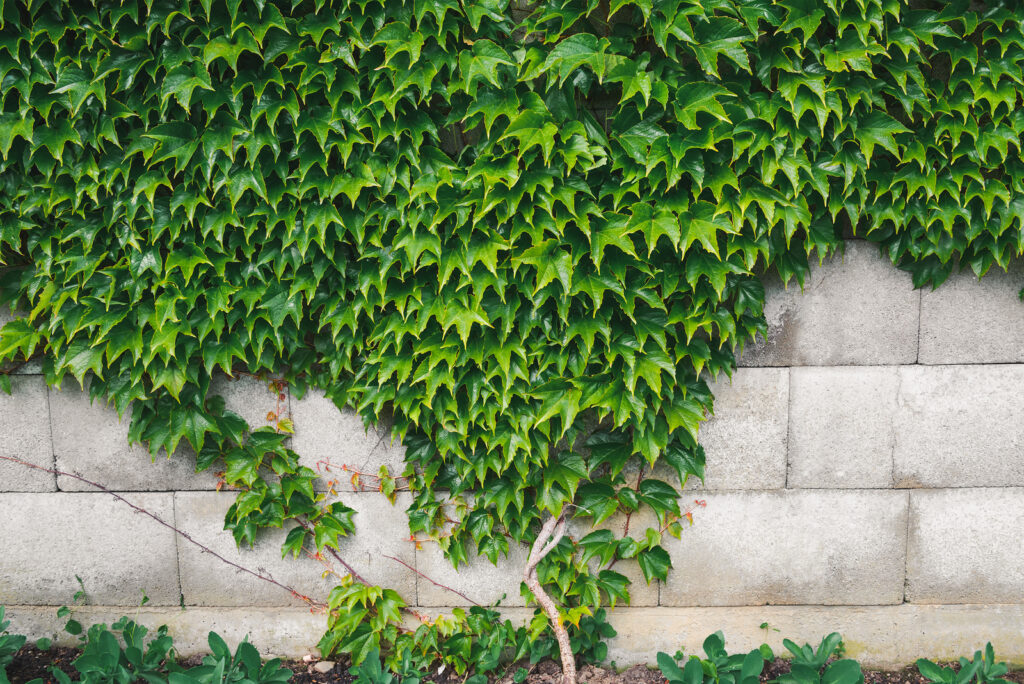
Parthenocissus propagation
- Take softwood cuttings in early summer, greenwood cuttings in midsummer, or hardwood cuttings in winter.
Parthenocissus varieties to grow
- Parthenocissus henryana, Silervein Creeper, woody climber with palmate, dark green leaves composed of 3-5 oval, toothed leaflets, to 5 inches (13cm) long, conspicuously veined white, and sometimes pink in the centers, turning bright red in autumn. To 30 feet (10m) tall. China.
- P. quinquefolia, Virginia creeper, vigorous, wood climber with palmate, dull, mid-green leaves composed of usually 5 oval, sharply toothed leaflets, to 4 inches (10cm) long, turning brilliant red in autumn. To 50 feet (15m) tall or more. East North America. Zones 4 to 9.
- P. thomsonii, woody climber with palmate, dark green leaves consisting of usually 5 oval, sharply toothed leaflets, to 4 inches (10cm) long, reddish purple when young, turning purple-green in summer and bright red in autumn. To 30 feet (10m) tall. China, Himalayas.
- P. tricuspidata, Boston ivy, vigorous, woody climber with variable, broadly ovate, deeply toothed, bright green leaves, to 8 inches (20cm) long, either 3-lobed or with 3 ovate leaflets, turning brilliant red to purple in autumn. The leaf blades often drop off before the leaf stalks, creating a curious effect. To 70 feet (20m) tall. China, Korea, Japan. Zones 4 to 9.

